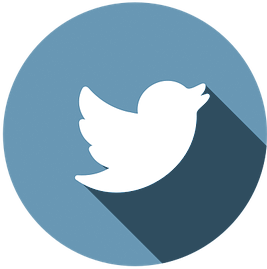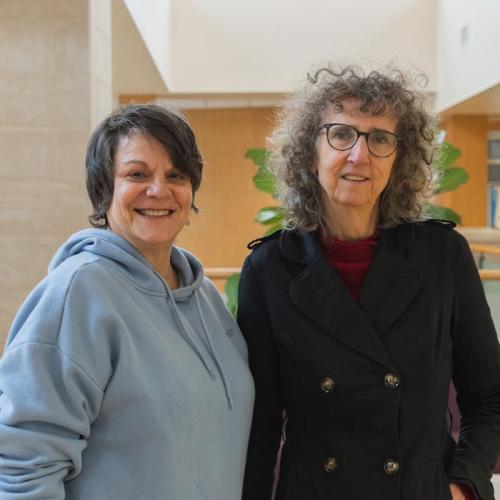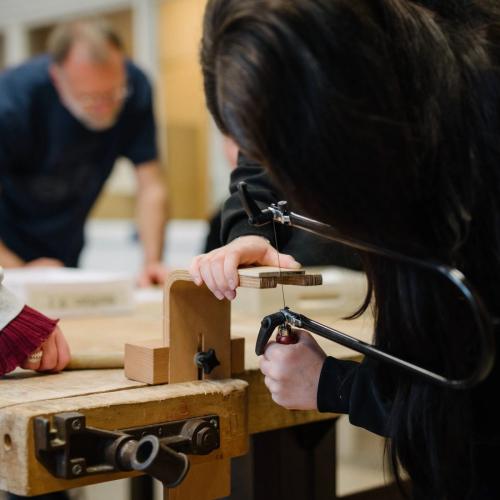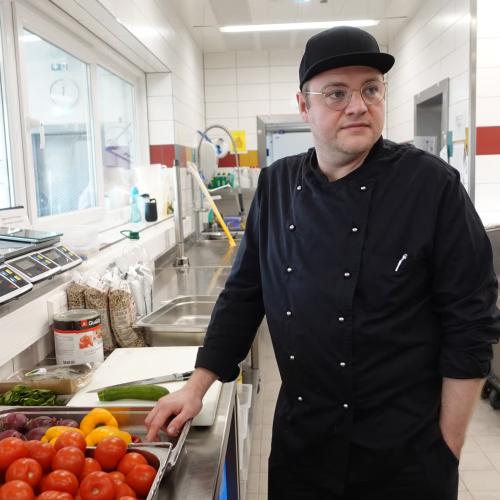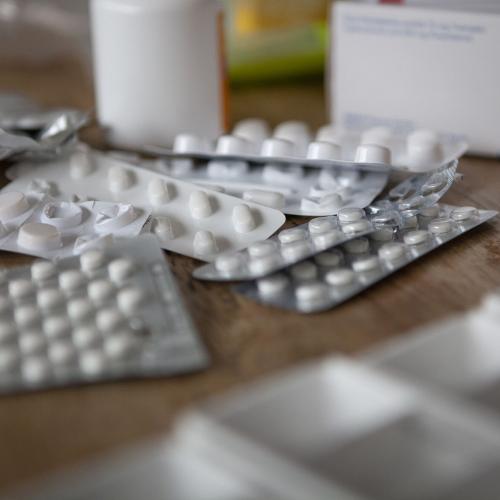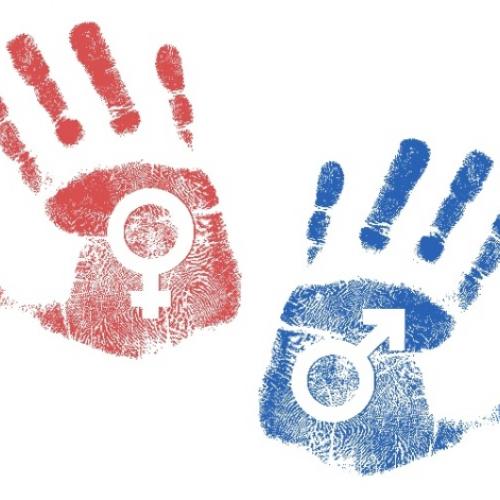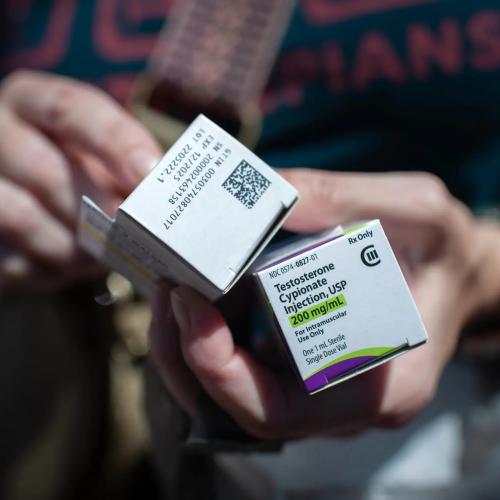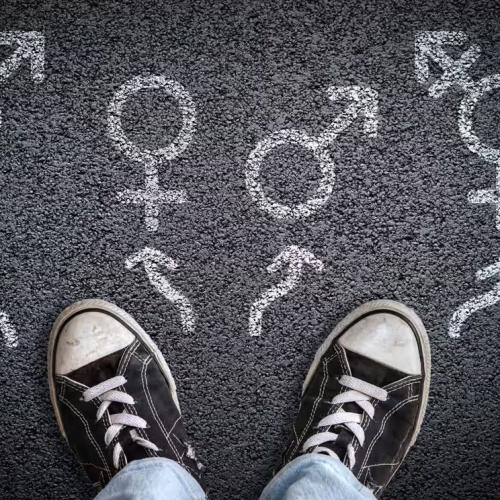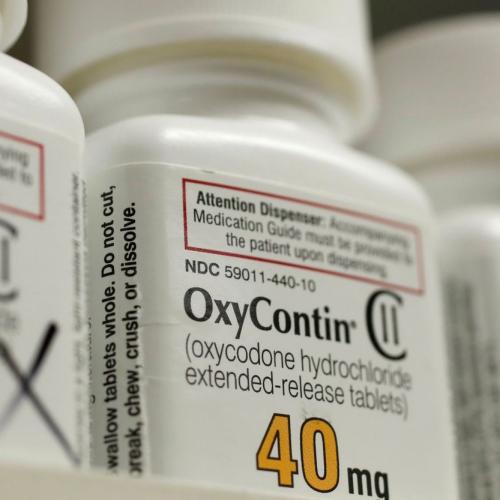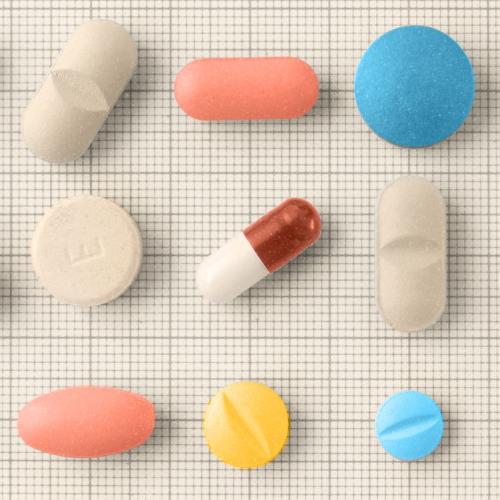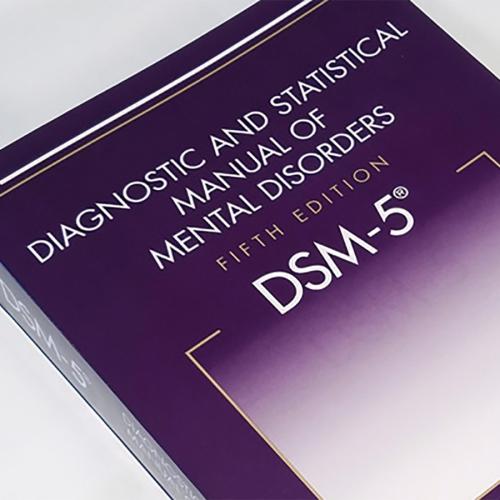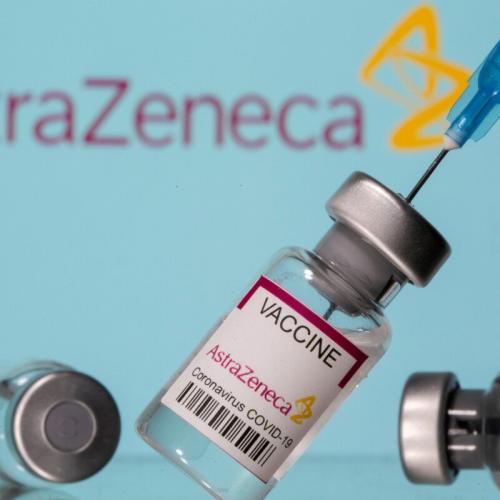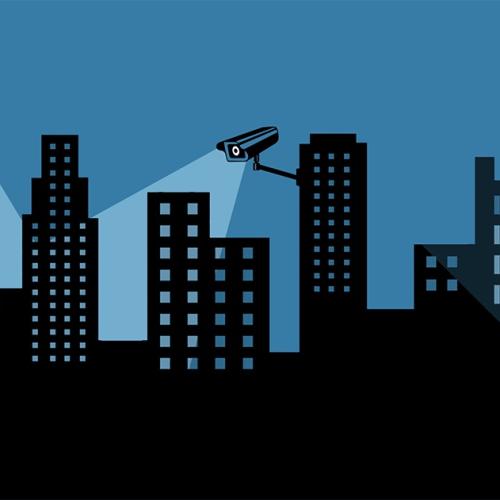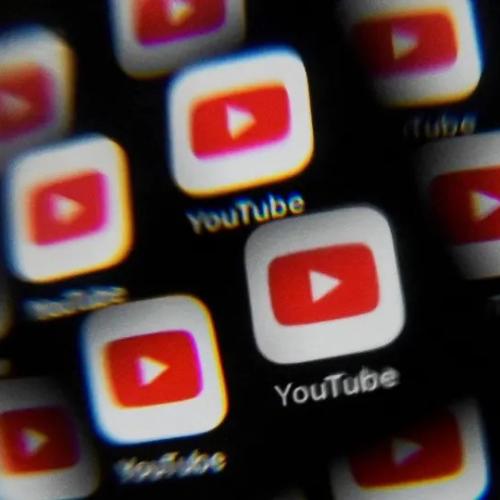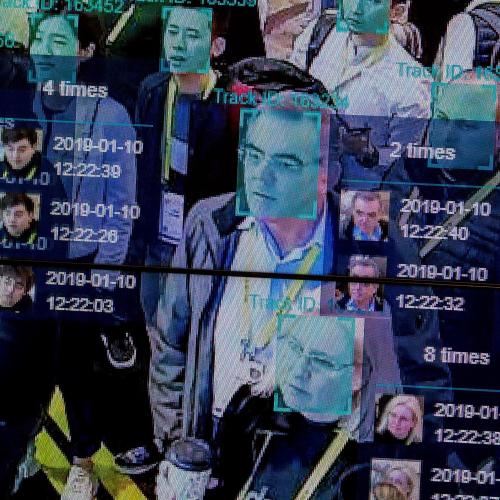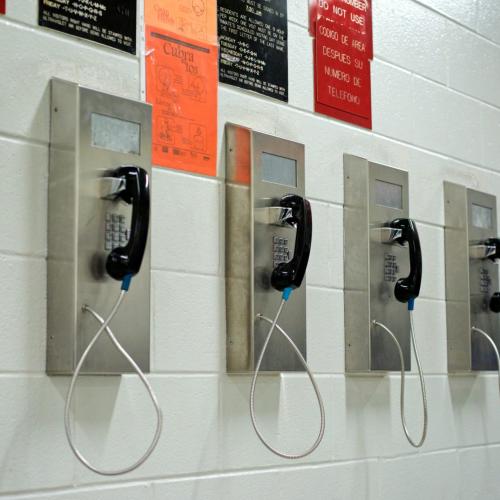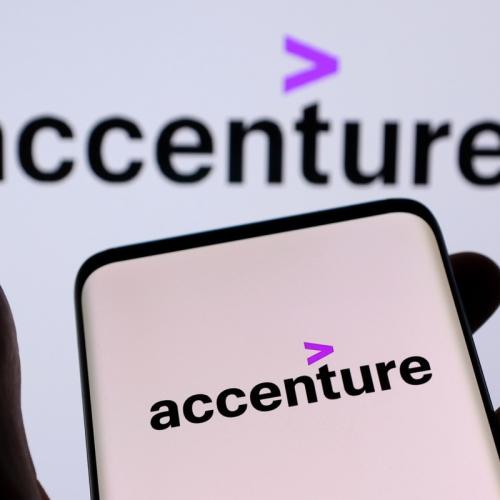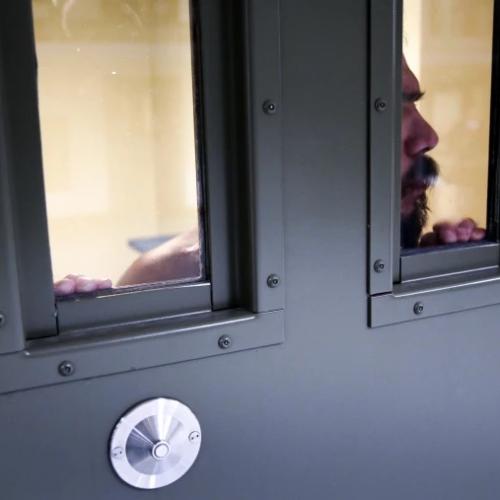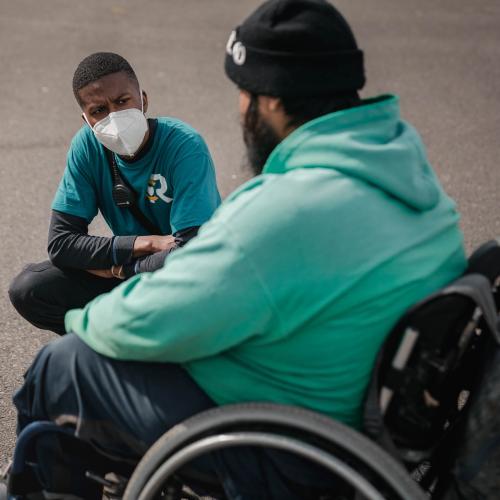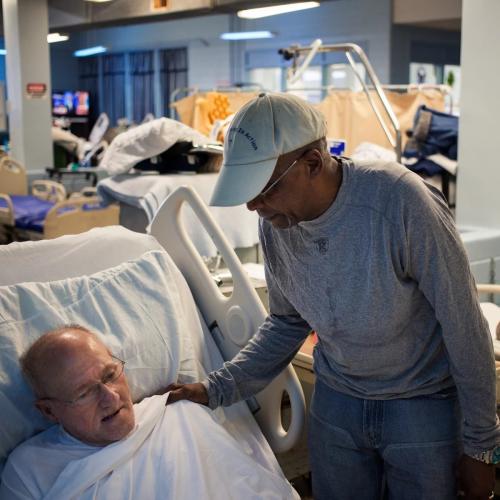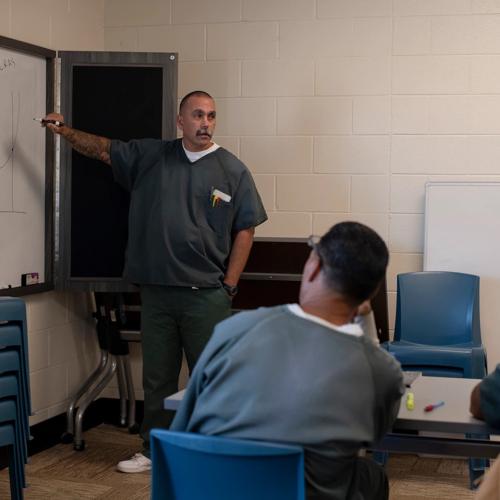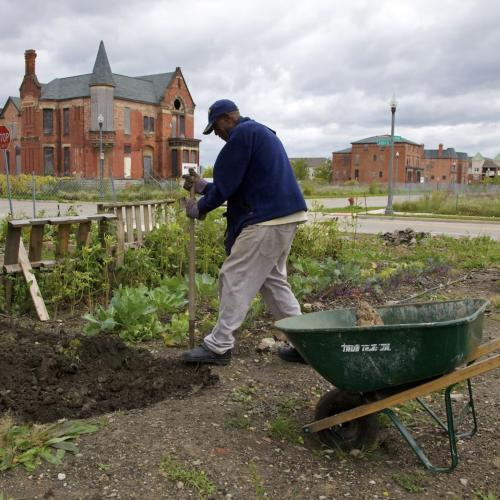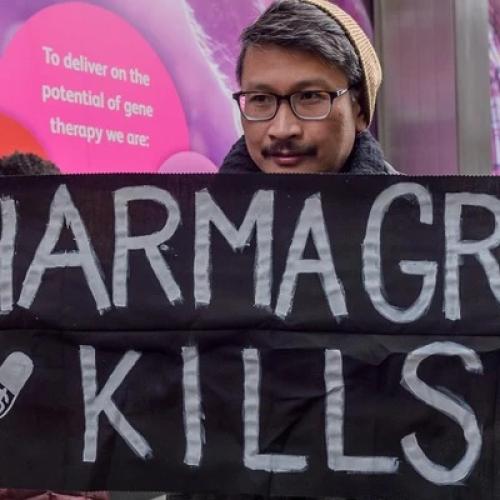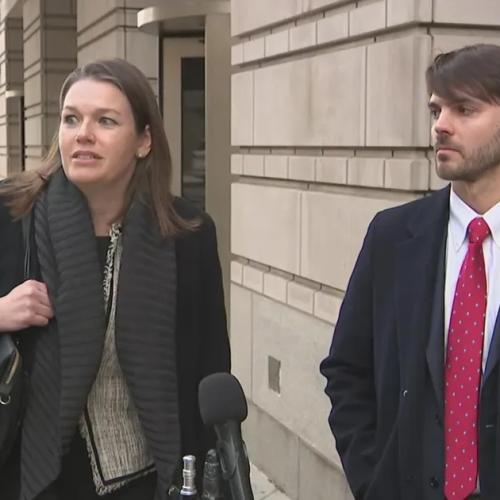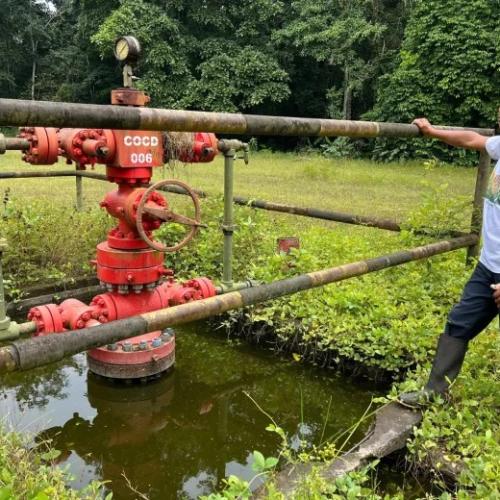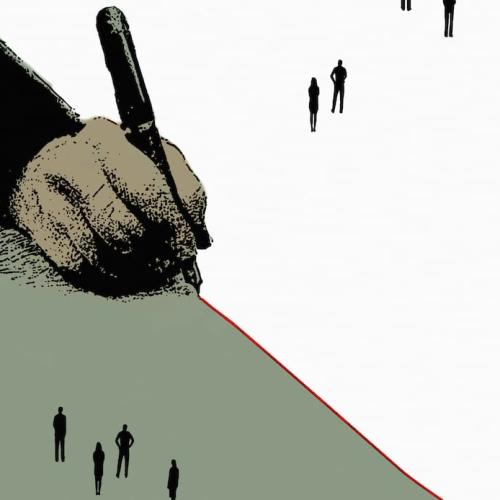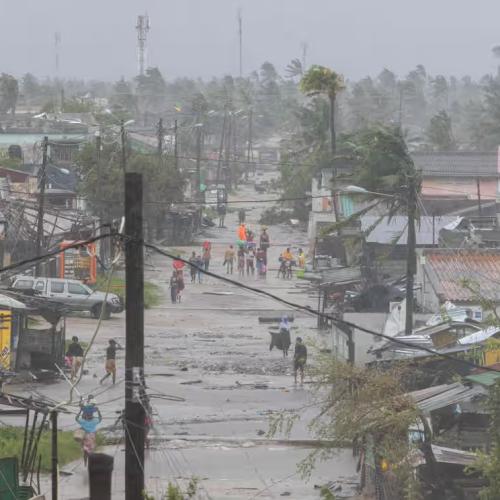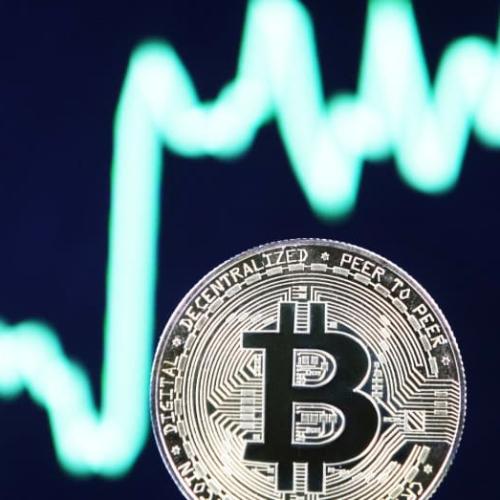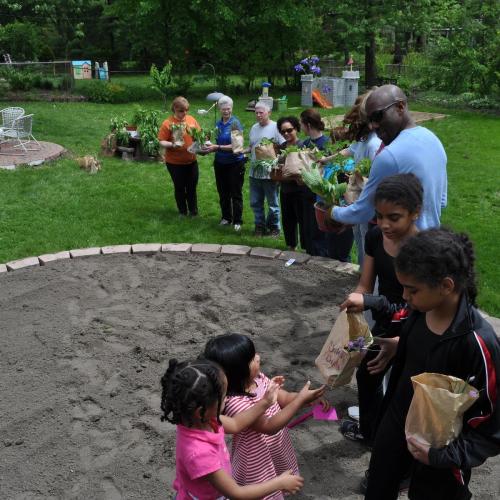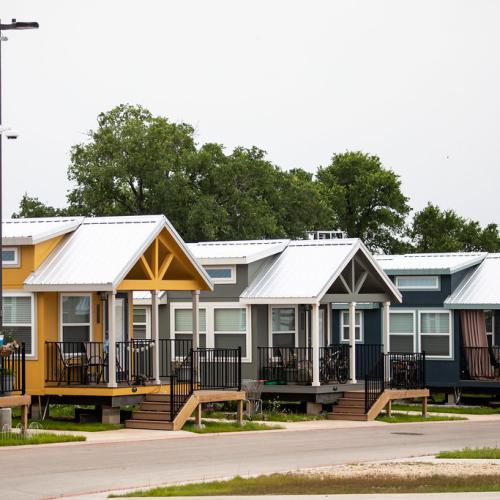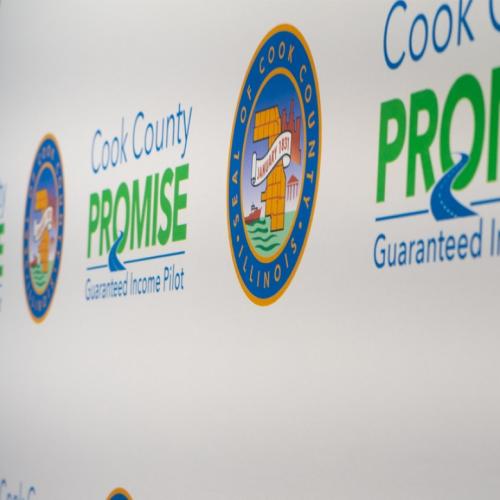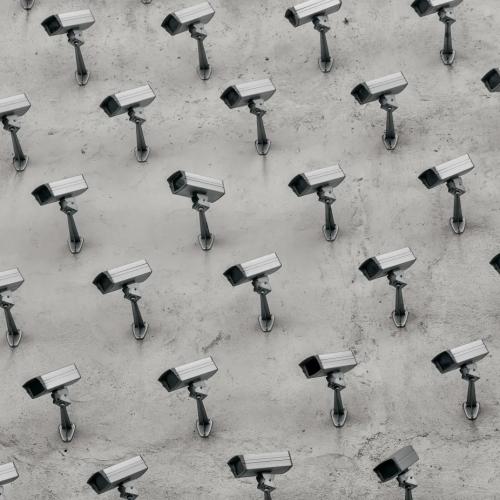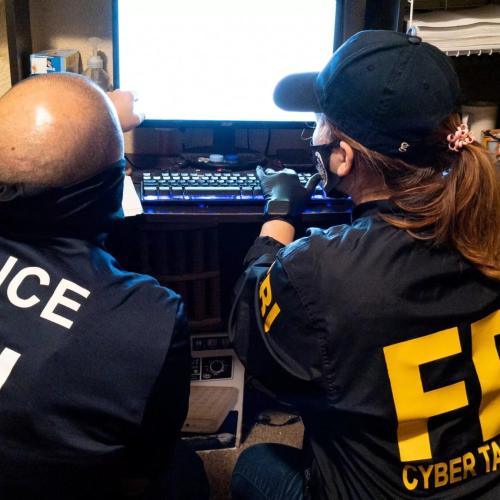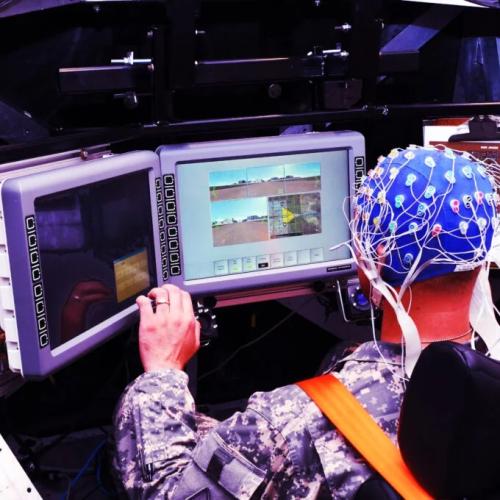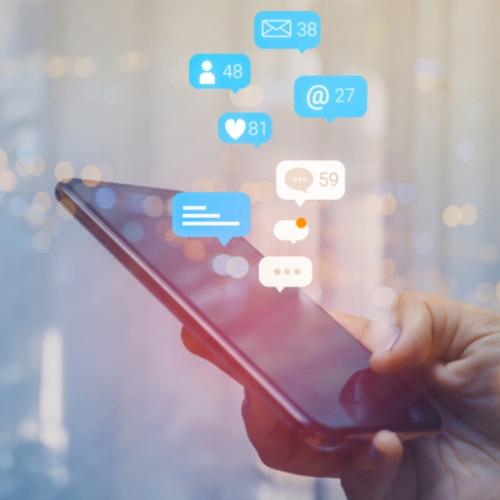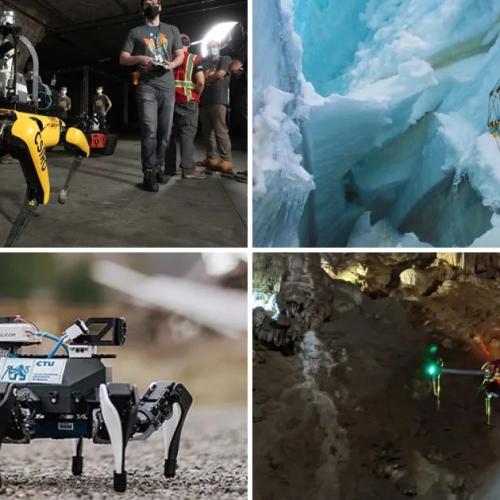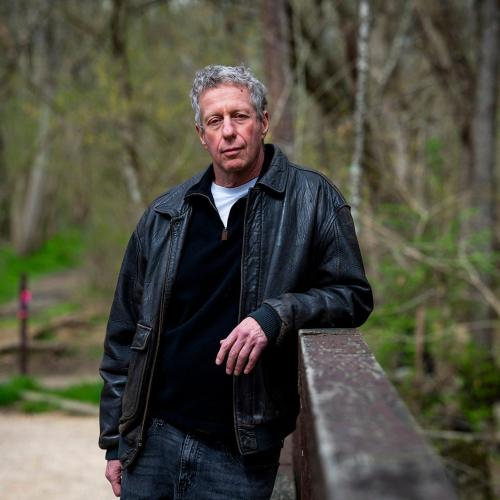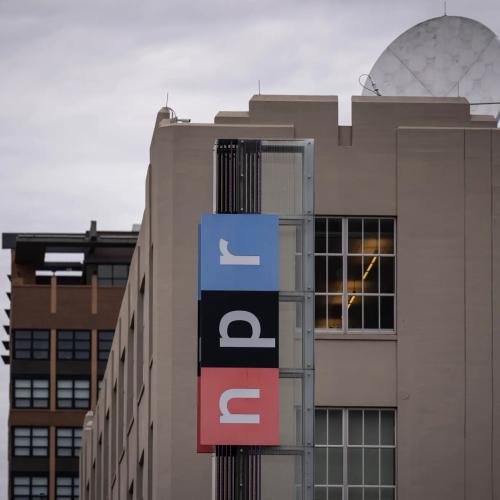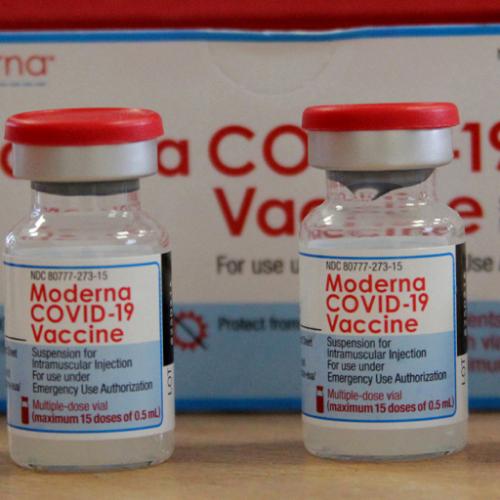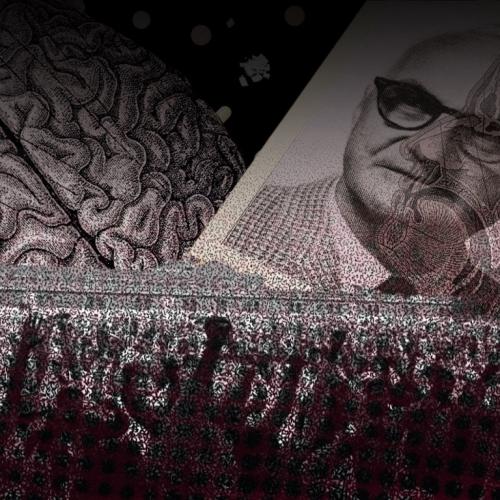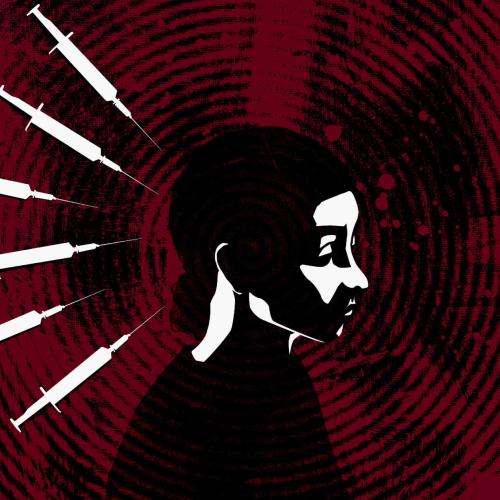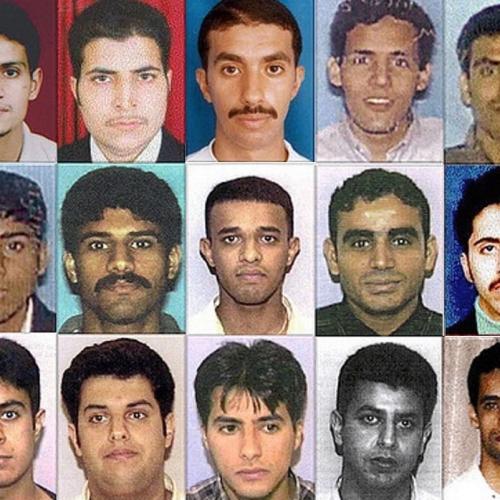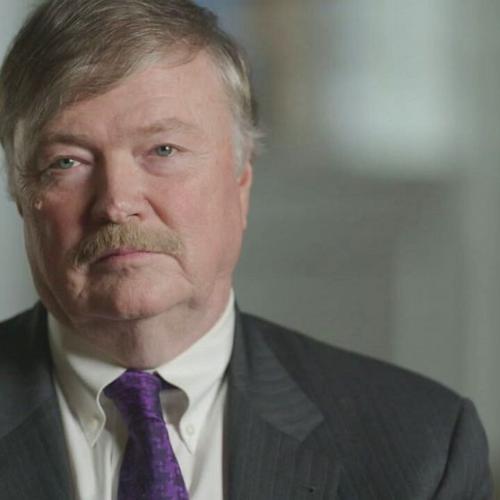Inspiring: Healing Our Bodies News Stories
Below are key excerpts of inspiring news articles on healing our minds and bodies from reliable news media sources. If any link fails to function, a paywall blocks full access, or the article is no longer available, try these digital tools.
For further exploration, delve into our Inspiration Center.
One daycare in Finland decided to invest in a playground that replicated the forest floor. The results were amazing. The daycare replaced their sandy playground surface with lawn and added indigenous forest species like dwarf heather and blueberries. They also added planter boxes and allowed children to tend them. After just one month, children at the daycare had healthier microbiomes and stronger immune systems than their counterparts in other urban daycares. Specifically, the children had increased T-cells, increased immune-boosting gammaproteobacteria microbes, and a reduction in interleukin-17A, a contributor to immune-transmitted disease. Environmental scientist Marja Roslund from the University of Helsinki said, “We also found that the intestinal microbiota of children who received greenery was similar to the intestinal microbiota of children visiting the forest every day.” These results demonstrate that loss of biodiversity in urban areas can contribute to poorer health outcomes and that easy environmental manipulation can radically change these health dynamics, especially in young children. Children living in rural areas tend to have fewer cases of allergies and asthma which seems to be directly tied to time outdoors. More studies are needed to definitively draw the correlation between time in nature and childhood health, but this experiment strengthens the argument for this link.
Note: Explore more positive stories about healing our bodies.
There is growing evidence that simple, everyday changes to our lives can alter our brains and change how they work. Our brain has an incredible ability to adapt, learn and grow because by its nature, it is plastic – that is, it changes. This is called neuroplasticity, which simply means the brain's ability to adapt and evolve over time in structure and function. Every time we learn a new skill, our brain adapts. Neuroscientists and psychologists are now finding that we have the power to control that to some extent. And there's good reason to want to boost our brain – an increasing number of studies suggest it can play a role in delaying or preventing degenerative brain diseases. Research has found that after only a few months of mindfulness training, certain depression and anxiety symptoms can ease – though as with any complex mental health problem, this may of course vary depending on individual circumstances. There's more to it. Mindfulness can change the brain. That's because when the stress hormone cortisol increases and remains high, "it can become toxic for your brain", says [psychologist Thorsten] Barnhofer. Stress can also directly inhibit neuroplasticity, so managing it allows the brain to remain more plastic. What's fascinating about this area of research is that mindfulness, which appears to be such a simple process, can have a measurable effect. "What mindfulness does is it can buffer stress, you become aware of challenges," explains Barnhofer.
Note: Explore more positive stories like this in our comprehensive inspiring news articles archive focused on solutions and bridging divides.
Daniel Carcillo wanted two things in life: to play hockey and to be a father. By 30, he was a two-time Stanley Cup winner. By age 31, he was suicidal. After seven diagnosed concussions, Carcillo tells CNN that he was suffering from “dementia-like” symptoms, along with depression, anxiety and headaches. Carcillo says he also suffered from insomnia and disrupted sleep. He spent over $500,000 on prescription medications and treatments at stroke rehabilitation centers, brain centers, and concussion centers, as well as holistic therapies. Then in a “last-ditch effort” to try and alleviate his symptoms, he says he took a dose of psilocybin – the main psychoactive ingredient in magic mushrooms – in Denver, which became the first US city to decriminalize hallucinogenic mushrooms. “And I woke up the next day and I describe it as feeling the way I should,” said Carcillo. “I felt like, for the first time in a very, very long time, I had a zest for life. All I wanted to do was get on FaceTime and call my wife and call my kids and get back home.” Carcillo isn’t the only athlete – former or current – openly talking about using psychedelics to treat various conditions. In 2022, residents in Colorado joined Oregon in voting to legalize psilocybin. Small clinical trials have shown that one or two doses of psilocybin, given in a therapeutic setting, can make dramatic and long-lasting changes in people suffering from treatment-resistant major depressive disorder.
Note: Read more about the the healing potential of psychedelic medicine. Explore more positive stories like this in our comprehensive inspiring news articles archive focused on solutions and bridging divides.
Patrick Burrichter did not think about saving lives or protecting the planet when he trained as a chef. But 25 years later he has focused his culinary skills on doing exactly that. On the outskirts of Berlin, Burrichter and his team cook for a dozen hospitals that offer patients a “planetary health” diet – one that is rich in plants and light in animals. Compared with the typical diet in Germany, known for its bratwurst sausage and doner kebab, the 13,000 meals they rustle up each day are better for the health of people and the planet. In Burrichter’s kitchen, the steaming vats of coconut milk dal and semolina dumpling stew need to be more than just cheap and healthy – they must taste so good that people ditch dietary habits built up over decades. The biggest challenge, says Burrichter, is replacing the meat in a traditional dish. Moderate amounts of meat can form part of a healthy diet, providing protein and key nutrients, but the average German eats twice as much as doctors advise. Patients on the wards of Waldfriede praise the choice of meals on offer. Martina Hermann, 75, says she has been inspired to cook more vegetables when she gets home. Followers of the planetary health diet need not abandon animal products altogether. The guidelines, which were proposed by 37 experts from the EAT-Lancet Commission in 2019, translate to eating meat once a week and fish twice a week, along with more wholegrains, nuts and legumes.
Note: Explore more positive stories like this in our comprehensive inspiring news articles archive focused on solutions and bridging divides.
A study of 140 overweight or obese adults enrolled in a weight loss program found that higher levels of self-compassion, particularly self-kindness, were linked to reduced negative feelings following a dietary lapse. Individuals who practiced self-kindness tended to feel less guilty and more positive about themselves despite the setback. Afterward, they reported feeling more in command of their eating habits, suggesting that self-compassion can help people regain a sense of agency after a lapse. The research from the Center for Weight, Eating and Lifestyle Sciences (WELL Center) at Drexel University, published in Appetite, found that when study participants had more self-compassionate responses to their lapse, they reported better mood and self-control over their eating and exercise behavior in the hours following the lapse. “Many people worry that self-compassion will cause complacency and lead them to settle for inadequacy, but this study is a great example of how self-compassion can help people be more successful in meeting their goals,” said [lead author] Charlotte Hagerman, PhD. “The next time you feel the urge to criticize yourself for your eating behavior, instead try speaking to yourself with the kindness that you would speak to a friend or loved one.” For example, instead of a person saying to his or herself, “You have no willpower,” reframe it to a kinder – and truer – statement: “You’re trying your best in a world that makes it very difficult to lose weight.”
Note: Explore more positive stories like this in our comprehensive inspiring news articles archive focused on solutions and bridging divides.
Over hundreds of thousands of years, women have developed more sensitive noses (particularly around ovulation and pregnancy), finer hearing at high frequencies, extended colour vision, and longer life expectancy than men by an impressive half decade. Forget plasma exchange and supplementation – entrepreneurs trying to extend human life should be studying women, who comprise around 80% of today’s centenarians. American academic and author Cat Bohannon asks how this came to be, tracing defining female features back to our “presumed true ancestors”, our Eves as she calls them. Bohannon calls on her astounding disciplinary range to tell this epic tale. Her writing ripples with references from literature, film studies, biochemistry, cognitive science and anthropology. Evolution, as Bohannon emphasises, doesn’t care about our contemporary preferences or sensitivities. This emboldens her to confront uncomfortable stereotypes, like whether women’s brains have evolved to be inferior to men’s (in fact, the sexes have strikingly similar cerebral equipment). The author’s parting plea is that we learn more about women and girls. In the UK, unlike the US, there is still no regulation that insists women are included in medical research. Not everyone agrees with the ethical good of extending participation. Might they acknowledge that being specific about people’s sex and gender leads to more rigorous and reproducible scientific results?
Note: Read more about author Cat Bohannon's fascinating take on a wide range of discoveries and differences between the male and female body.
Jimena Cordero is chopping up vegetables and fanning them out onto trays. Cordero is the farm manager at Ollin Farms, not far from Boulder, Colo. — she's put together bright pink and purple radishes, apple, fresh turnips. At the meeting with about a dozen local farmers, two state representatives, and the Colorado commissioner of agriculture, [Cordero's father Mark] Guttridge will explain how Boulder county has made creative investments in his farm that could be scaled up to the state or even national level. Before the meeting, Guttridge shows me one of those investments. A dozen sheep mill about in a field bordered by a simple white fence. Around the field is a special moveable type of fencing that Ollin Farms bought using grants from the Boulder County Sustainability Office. It allows them to move the sheep from one field to another, fertilizing as they go. The goal of these investments is "really building up our soil health," he explains. "That relates directly to the nutrient quality and nutrient density of the food — healthy soil grows healthy food." The county also makes an effort to get that healthy food out to different communities to be able to boost public health. That's where the Boulder County Public Health department comes in. It created a coupon program that low-income families — many of mixed immigration status — can use to get free fruits and vegetables from Ollin Farms' farm stand.
Note: Explore more positive stories like this in our comprehensive inspiring news articles archive focused on solutions and bridging divides.
Many studies have shown that people living in greener neighborhoods have several health benefits, including lower levels of stress and cardiovascular disease. But new research indicates that exposure to parks, trees and other green spaces can slow the rates at which our cells age. The study, published in Science of the Total Environment, found that people who lived in neighborhoods with more green space had longer telomeres, which are associated with longer lives and slower ageing. Telomeres are structures that sit on the ends of each cell’s 46 chromosomes, like the plastic caps on shoelaces, and keep DNA from unraveling. The longer a cell’s telomeres, the more times it can replicate. When telomeres become so short that cells can’t divide, the cells die. [Study co-author Aaron] Hipp and his colleagues looked at the medical records (that included measures of telomere lengths from biological samples) and survey responses from more than 7,800 people who participated in a national Centers for Disease Control and Prevention survey conducted between 1999 and 2002. The researchers connected that information with census data to estimate the amount of green space in each person’s neighborhood. They found that a 5% increase in a neighborhood’s green space was associated with a 1% reduction in the ageing of cells. “The more green the area, the slower the cell ageing,” said Hipp.
Note: Explore more positive stories like this in our comprehensive inspiring news articles archive focused on solutions and bridging divides.
Boogying the night away produces meaningful improvements in one's body mass and waist circumference in people who are overweight or obese, a new study found. Dancing was also seen to improve blood pressure, insulin sensitivity, physical fitness, cognitive disorders, hypertension, cardiovascular ailments, diabetes, and mental health—in other words, all the root causes of the non-communicable diseases that kill most people in the West. The researchers believed that dance would be a more ideal form of exercise because it is sustainable—it's a sociable, entertaining way of exercising that participants will enjoy, rather than a drudgery they have to push themselves through. “Dance is effective on fat loss in people overweight and obese and has a significant improvement on body composition and morphology,” said Zhang Yaya, a Ph.D. student at Hunan University, China. To get their results, published in the journal PLoS ONE, the team studied data from 646 participants who were overweight and obese across ten different studies. They found that dance is very effective for improving body composition and showed that more creative dance types had the most pronounced body composition improvement when compared with traditional dance. Improvements were also found in overweight children and patients with Parkinson’s disease.
Note: Explore more positive stories like this in our comprehensive inspiring news articles archive focused on solutions and bridging divides.
By the time the sun casts its first beams on war-ravaged Yemen, hundreds of men will have taken their positions across the park, and the workout begins. Enthusiastic chants of “Ahsan Fareek”, or “Best Team”, boom across the park as members of this daily, free, open-to-all sports club begin a set of 33 exercises designed to work the whole body. For the next hour, they temporarily put aside the stressors they’ve accumulated from the devastating eight-year civil war that has claimed 377,000 lives, touching their toes, standing on one leg and reaching for the sky. By 6.30am the crowd disperses, and everyone goes about their day, rejuvenated and energized, ready to meet again the following morning. “It is a sports club for everyone, but it’s particularly vital for the elderly, who suffer from illnesses and anxiety and for whom treatment is unaffordable,” says Najy Abu Hatem, co-founder of the initiative. “Being part of Best Team lifts their morale and gives them free exercise classes in a healthy and social setting.” In a country of 33 million people, there are only 59 psychiatrists – one psychiatrist per 500,000 people – and the total number of mental health workers is just 304. Although Best Team can hardly tackle this huge, ongoing mental health crisis, the twin benefits it provides of camaraderie and physical exercise – under the guise of a more socially acceptable men’s sports club – is nonetheless quietly improving people’s mental wellbeing across the capital and beyond.
Note: Explore more positive stories like this in our comprehensive inspiring news articles archive focused on solutions and bridging divides.
California has become the first U.S. state to outlaw the use of four potentially harmful food and drink additives that have been linked to an array of diseases, including cancer, and are already banned in dozens of countries. The California Food Safety Act prohibits the manufacturing, distribution and sale of food and beverages that contain brominated vegetable oil, potassium bromate, propylparaben and red dye 3 — which can be found in candy, fruit juices, cookies and more. The Food and Drug Administration banned the use of red dye 3 in cosmetics in 1990 after evidence showed it caused cancer in lab animals. But the government hasn't prohibited its use in food, and it's an ingredient in candies. Brominated vegetable oil and potassium bromate have also been associated with harmful effects on the respiratory and nervous systems, while propylparaben may negatively impact reproductive health. The proposal has been the target of a false claim that California is attempting to ban Skittles. In fact, Assemblymember Jesse Gabriel, a Democrat who sponsored the bill, has said that Skittles are sold with alternative ingredients in the European Union, where the four additives are already banned. "It's unacceptable that the U.S. is so far behind the rest of the world when it comes to food safety," Gabriel said in a statement. In addition to the EU, countries that have banned the four additives in food include the United Kingdom, Canada, Australia, New Zealand, China and Japan.
Note: Explore more positive stories like this in our comprehensive inspiring news articles archive focused on solutions and bridging divides.
Psychosis is often thought to be genetic, or a symptom of brain chemistry gone awry, which is what I was led to believe for much of my journey through the traditional mental health system. [My son] Zach’s first diagnosis was psychosis NOS (Not Otherwise Specified). Later ... he was classified with either schizophrenia, paranoid schizophrenia, depression with psychotic symptoms or, more recently, schizoaffective disorder. I craved solutions, and the more I searched the more confused I became. First, I discovered that no disease markers show up in brain scans or blood tests for any of these so-called disorders. Nobody seems to know for sure what is really going on, which feels more like a spin-the-bottle game than science. The effects of the antipsychotic drugs were intolerable for Zach, far worse than the symptoms that they were meant to alleviate. In Finland, a more radical understanding of extreme distress led to a programme called Open Dialogue which aims to avoid hospitalisation and medication with therapy that revolves around families and other networks, and involves contact, preferably in the person’s home. It has contributed to lowering the suicide rate in Finland; one of the highest in the world in the 1990s, it has dropped by 50% since Open Dialogue began. Despite a quarter of a trillion pounds spent on mental health in Britain since the 1980s, it is the only area of medicine where outcomes have stalled, and by some measures are even going backwards.
Note: Explore more positive stories like this in our comprehensive inspiring news articles archive focused on solutions and bridging divides.
In Liberia, two brutal civil wars have produced a generation of traumatised young men. Anthony Kamara likes to use the analogy of a butterfly emerging from its chrysalis. It’s an old story, he admits, but useful in reaching through the years of compounded shame that form the exterior skin of Liberia’s lost and marginalised young men. “I tell the men that their true colours are there, hidden within them,” says Kamara, 32, a former street drug user and a facilitator for a radical Liberian mental health nonprofit Network for Empowerment and Programme Initiatives (Nepi). Nepi targets Liberia’s most marginalised men – street dwellers, petty criminals, chronic drug users: traumatised ex-combatants and their sons with anger issues and little to live for – in an effort to ripple benefits across Liberia’s population, 68% of whom are living on less than $1.90 (£1.60) a day. Nepi offers a tailored combination of cognitive behavioural therapy (CBT) and cash transfers to young people who are at the highest risk for violent behaviour, in a programme called Sustainable Transformation of Youth in Liberia (Styl). Styl has since helped tens of thousands of young men in Liberia, with studies on the project finding that men receiving therapy with cash were half as likely as a control group to engage in antisocial behaviours, with beneficial impacts concentrated in the highest-risk men.
Note: Explore more positive stories like this in our comprehensive inspiring news articles archive focused on solutions and bridging divides.
In 1968, at the age of 42, psychiatrist Robert Jay Lifton sat down to write Death in Life, a book about his experiences interviewing survivors of the atomic bombings of Hiroshima and Nagasaki. Over the course of his career, Lifton studied not only survivors of the atomic bombings but Auschwitz survivors, Vietnam war veterans and people who'd been subjected to repression by the Chinese government. The COVID pandemic prompted him to reflect on what he'd learned about mass trauma and resilience – that telling stories about trauma, and even trying to influence policy, can often help people recover. Now 97, Lifton has just published his 13th book, Surviving Our Catastrophes: Resilience and Renewal from Hiroshima to the Covid-19 Pandemic. "I interviewed people who had undergone the most extreme kind of trauma and victimization," [said Lifton]. "And yet some of the very same people who had so suffered from trauma have shown what I call "survivor wisdom" — they transformed themselves from helpless victims to agents of survival. If ... storytelling can include the transformation from the helpless victim to the life-enhancing survivor, then the storytelling is crucial. The storytelling we most encourage is that kind that enables the formerly helpless victim to be transformed in the story, to transform himself or herself, collectively transform themselves into life-affirming survivors. That's the key transformation, and that's the story we [listeners] seek to help them achieve."
Note: Explore more positive stories like this in our comprehensive inspiring news articles archive focused on solutions and bridging divides.
After a decline in nutrition education in U.S. schools in recent decades, there's new momentum to weave food and cooking into the curriculum again. Remember the hands-on cooking in home economics class, which was a staple in U.S. schools for decades? "I'd love to see it brought back and have the science around healthy eating integrated," says Stacy Dean, deputy under secretary for food, nutrition and consumer services at the U.S. Department of Agriculture. Dean told me she was inspired by a visit to Watkins Elementary, in Washington, D.C., where this idea is germinating. Students grow vegetables in their school garden. They also roll up their sleeves in the school's kitchen to participate in a FRESHFARM FoodPrints class, which integrates cooking and nutrition education. Evaluations show participation in FRESHFARM programs is associated with increased preference for fruits and vegetables. And, the CDC points to evidence that nutrition education may help students maintain a healthy weight and can also help students recognize the connection between food and emotional wellbeing. Given the key role diet plays in preventing chronic disease, the agency says it would be ideal to offer more nutrition education. Programs like FRESHFARM can help kids expand their palettes by introducing them to new tastes. At first, many kids are turned off by the bitter taste of greens. But through the alchemy of cooking, caramelizing the onions, and blending in fresh ginger, kids can be inspired.
Note: Explore more positive stories like this in our comprehensive inspiring news articles archive focused on solutions and bridging divides.
Natalie Small looks at the ocean. “How high are the waves today – the ones out there on the water and the emotional ones within me? These are questions she likes to ask at the start of every group therapy session on Ocean Beach in San Diego, California. Small ... is part of a burgeoning niche of psychotherapy that blends traditional therapy with a sport proven to build resilience, confidence and well-being. More than a hippie wellness novelty or New Age fad, surf therapy is being embraced by psychologists and government agencies alike as a way to increase access to mental health care while delivering evidence-based, lasting results. Kristen Walter ... received a $1 million grant from the Navy to research surf therapy for military personnel. “We see immediate benefits,” Walter confirms. “Post-traumatic stress, depression and anxiety decrease significantly.” Walter’s research has shown that the effects of surf therapy are lasting: When she randomly assigned 96 military participants with mental health diagnoses to either hiking or surf therapy, both groups spent three to four hours per week in nature. After six weeks, both groups showed improvements — 55 percent of the surfers and 46 percent of the hikers were no longer considered clinically ill. “But when we checked again three months later, the improvements in the surfer group lasted significantly longer,” Walter says. “74 percent of the surfers were considered healed versus only 47 percent of the hikers.”
Note: Explore more positive stories like this in our comprehensive inspiring news articles archive focused on solutions and bridging divides.
Why do we care about rhythm? It connects us to the world. It plays a role in listening, in language, in understanding speech in noisy places, in walking, and even in our feelings toward one another. Rhythm is much more than a component of music. We experience the rhythmic changes of the seasons. Some of us have menstrual cycles. We have circadian rhythms – daily cycles of mental and physical peaks and troughs. Tides, 17-year cicadas, lunar phases, perigees, and apogees are other naturally occurring rhythms. Human-made rhythms include the built world – street grids, traffic lights, crop fields, mowed designs in baseball diamond outfields, the backsplash behind the kitchen counter, spatial patterns in geometric visual artforms. Rhythms in the brain have been called out as a basis for consciousness itself. Even in very young children, being (literally) "in sync" with another person engenders positive feelings toward them. Music in general, and rhythm in particular, does an uncommonly good job fostering a sense of community. Indeed, music being played at negotiation sessions helps to smooth the conversations and leads to breakthroughs and compromises. Musicians Without Borders is used to form relationships in troubled regions around the world, to bring hope, comfort, and healing to diverse populations. The Resonance Project and the Jerusalem Youth Chorus, which are forming bonds between Israeli and Palestinian children, are other examples of using musical rhythm to overcome differences.
Note: Explore more positive stories like this in our comprehensive inspiring news articles archive focused on solutions and bridging divides.
Next time you’re irritated that ants have gotten into your kitchen, you might take a moment to consider their extraordinary powers of perception. These tiny animals can detect markers of illness, such as cancer. In fact, ants are just one of many creatures whose senses can register signs of human disease: dogs, rats, bees, and even tiny worms can as well. The silky ant, Formica fusca, a common species found throughout Europe, can be taught to identify the scent of breast cancer in urine. Research from the University Sorbonne Paris Nord in France published this year in Proceedings of the Royal Society B shows ants can learn to distinguish between the scent of urine derived from mice carrying human breast cancer tumors from that of healthy mice. Ants and other animals pick up signs of disease by perceiving various volatile organic compounds, or VOCs. These chemicals are produced in a variety of ways and can be found in exhaled breath, and in sweat, urine, and blood. Diseases can change the VOCs we emit, resulting in giving off a different odor. By placing a sugar reward near the cancer sample the ants learned to seek out that scent, a process called operant conditioning. Dogs can be trained to smell several types of cancers, including melanoma, breast and gastrointestinal cancers and some infectious diseases in humans, including malaria and Parkinson’s disease. They can also smell infectious disease in other animals, including chronic wasting disease, which affects the brains of deer and can be fatal.
Note: Explore more positive stories like this in our comprehensive inspiring news articles archive focused on solutions and bridging divides.
Walking for 30 minutes a day and practising yoga can help reduce fatigue in cancer patients and cut the risk of the disease spreading, coming back or resulting in death, research suggests. Globally, more than 18 million people develop cancer every year. It is well known that being inactive raises your risk of various forms of the disease. For decades, many oncologists and health professionals have remained reluctant to push patients to exercise in the wake of sometimes gruelling treatment regimes. But the tide appears to be turning. Three studies presented at the annual meeting of the American Society of Clinical Oncology (ASCO), the world's largest cancer conference, add weight to growing evidence that physical activity can help, not hinder, patients. The first study [examined] the impact of yoga's effect on inflammation. The research ... found those who took up yoga had "significantly lower levels of pro-inflammatory markers" compared with patients in the other group. In the second study, [participants] attended 75-minute yoga or health education classes twice a week for four weeks. Yoga was found to be better at helping relieve fatigue and maintain quality of life, the research found. A third study found cancer patients who are active can reduce their risk of dying by almost a fifth. Patients were ranked by their activity levels, with "active" classed as going for at least one 30-minute walk five days a week. After 180 days, 90% of people in the active group were still alive, compared with 74% in the sedentary group.
Note: Explore a treasure trove of concise summaries of incredibly inspiring news articles which will inspire you to make a difference.
A patient who was left almost completely paralyzed from a rare disease is now walking and talking again, after a music therapist prescribed mindful listening to his favorite song every night–in this case, a tune by The Carpenters. 71 year-old Ian Palmer was struck down with Guillain-Barr© syndrome last June, forcing him to spend seven months in a hospital where he was unable to walk or speak properly. The rare condition happens when a person's own immune system attacks their body's motor nerves, causing muscle weakness and sometimes paralysis. But when Ian was transferred to Sue Ryder Neurological Care Centre, a state-of-the-art care unit in Lancashire, England, clinicians used music therapy techniques to overcome 'near total paralysis of his body'. His specialist, Clare, taught him mindfulness techniques using his favorite records–and he began listening to The Carpenters each night. Ian was admittedly skeptical, but he can now walk 2 miles a day (3k) and have conversations with his family after the exercises "opened up" his brain. He's never been very musical, so when Sue Ryder first suggested music therapy he said, 'What good is that going to do?' "I'm a typical Northern man, and I thought, 'What's a girl with a guitar going to do for me–get me to the gym.'" "But it really worked. Clare sat me down and explained the process. I learned that music is very unlike other therapies, as it opens up all of the brain."
Note: Watch a profoundly touching documentary about a man who takes on the broken healthcare system to demonstrate music's ability to heal, combat memory loss, and awaken the soul and the deepest parts of humanity. Explore a treasure trove of concise summaries of incredibly inspiring news articles which will inspire you to make a difference.
Important Note: Explore our full index to revealing excerpts of key major media news stories on several dozen engaging topics. And don't miss amazing excerpts from 20 of the most revealing news articles ever published.



